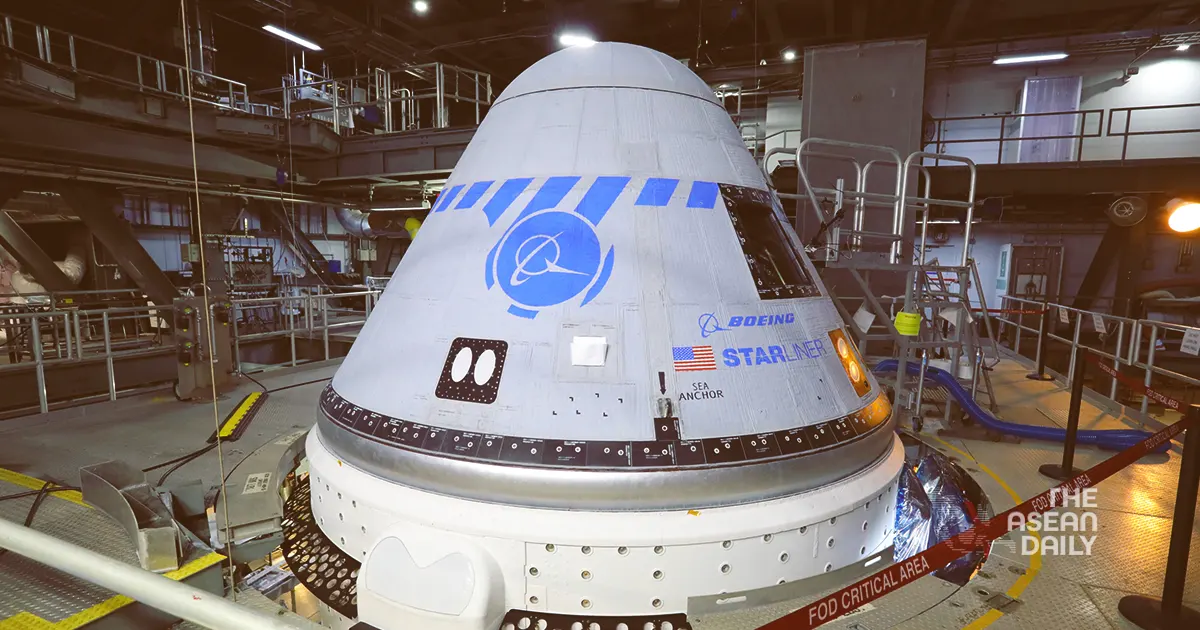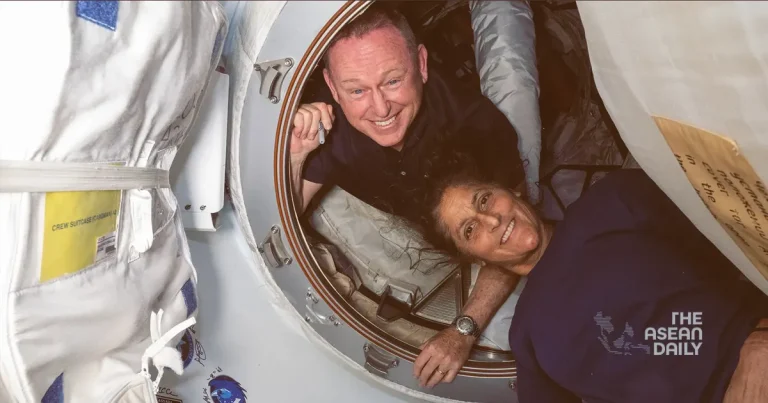25-8-2024 (HOUSTON) In a dramatic turn of events, NASA has made the difficult decision to postpone the return of two astronauts from the International Space Station (ISS) due to ongoing safety concerns with Boeing’s Starliner capsule. The announcement, made on Saturday, extends what was intended to be a week-long test flight into an eight-month-long mission for the seasoned pilots.
Butch Wilmore and Suni Williams, both retired Navy captains, have been aboard the ISS since early June, caught in a holding pattern as engineers grappled with a series of technical issues that plagued their journey to the space station. The Starliner capsule, meant to be Boeing’s answer to SpaceX’s successful Crew Dragon, has been beset by thruster failures and helium leaks, casting doubt on its ability to safely return the astronauts to Earth.
NASA Administrator Bill Nelson emphasised the agency’s commitment to safety in explaining the decision. “A test flight by nature is neither safe nor routine,” Nelson stated, adding that lessons learned from past space shuttle accidents played a crucial role in the decision-making process.

The resolution to this predicament involves a complex juggling act of spacecraft and schedules. Wilmore and Williams will now return to Earth in February aboard a SpaceX capsule, while their empty Starliner will attempt an unmanned return in early September, aiming for a touchdown in the New Mexico desert.
This development is a significant setback for Boeing, which had hoped to use Starliner’s first crewed mission to reinvigorate its troubled spacecraft programme. The company has faced mounting costs and delays, and this latest hiccup adds to the safety concerns already dogging its aviation division.
The decision has sparked debate within the aerospace community. Rand Corp.’s Jan Osburg, a senior engineer specialising in aerospace and defence, supported NASA’s choice but noted, “The US is still left with egg on its face due to the Starliner design issues that should have been caught earlier.”
For Wilmore and Williams, both in their late 50s and early 60s, this extended stay in space was not entirely unexpected. During a press conference last month, they expressed trust in the ongoing thruster testing and seemed prepared for the uncertainties that come with their profession.
The situation has forced NASA to reconfigure its upcoming missions. The SpaceX capsule currently docked at the ISS is reserved for four astronauts set to return in late September. To accommodate Wilmore and Williams, NASA will reduce the crew size of the next SpaceX flight, scheduled for late September, from four to two astronauts.
Despite these setbacks, NASA remains committed to its commercial crew programme and the goal of having two competing U.S. companies capable of ferrying astronauts to and from the ISS. Nelson expressed confidence that Starliner will fly again, stating he is “100% certain” of its future missions.




